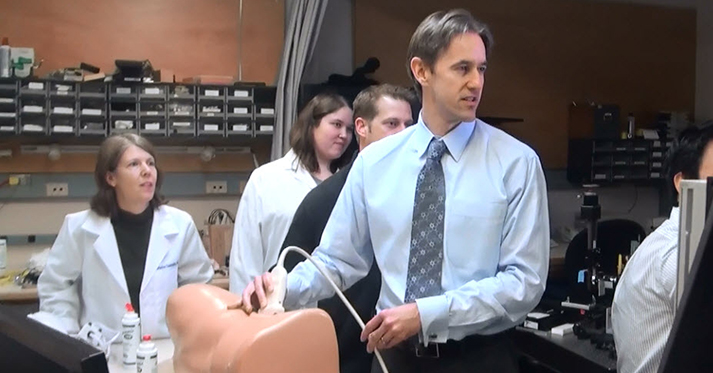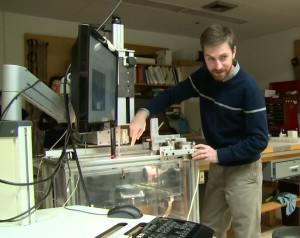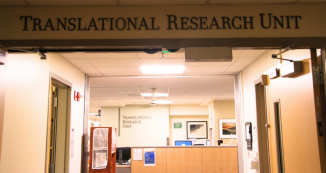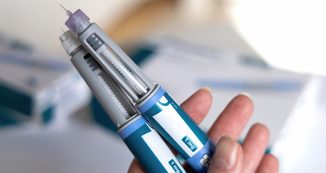
14 Jan Harnessing Ultrasound to Move and Fragment Kidney Stones
An adapted version of this story was originally published on UW Health Sciences NewsBeat.
Every year, more than half a million people in the United States go to the emergency room for kidney stone problems. The common condition leads to hundreds of thousands of surgeries each year.
Two new technologies—ultrasonic propulsion and burst wave lithotripsy—from researchers at the Center for Industrial and Medical Ultrasound and Department of Urology at the University of Washington could bring new noninvasive treatment options to patients suffering from kidney stones.
Ultrasonic propulsion uses ultrasound to move kidney stones inside the body and help them pass naturally. Burst wave lithotripsy, the second technology the team is developing, uses focused ultrasound to crumble stones into uniform, small fragments, allowing the stones to pass naturally.
How ITHS Helped Researchers Take an Idea to Clinical Trial
Researchers Dr. Adam Maxwell and Dr. Michael Bailey partnered with the Institute of Translational Health Sciences to take the two treatments from idea to device to clinical trials. “ITHS put us on a clear path,” Bailey said. “It was helpful to have someone who had been through the process say, ‘This is the structure of it. This is the approach you should take.’”
I’m very appreciative of the funding and guidance, and having experts help talk through our approach. ITHS has always been very willing to take the time to help us.
Bailey received an initial $10,000 grant from ITHS in 2010 for regulatory consulting related to human testing of the ultrasound device. He then received an additional $10,000 in 2012 to conduct a final safety analysis of the device. Bailey and his team have also worked with ITHS’ Drug and Device Advisory Committee, Research Coordination Center, and Biostatistics teams during the development of the device.
“I’m very appreciative of the funding and guidance, and having experts help talk through our approach,” he added. “They have always been very willing to take the time to help us.”
Maxwell said that working with ITHS helped prepare them for taking their second technology, burst wave lithotripsy, to clinical trials. “With ultrasonic propulsion, it was the first time we had done the whole process of going from concept to clinical trial,” he said. “Now that we have done that, and ITHS has helped us figure out how to do that right, we have a much better path for our new ideas going forward.”
Continue reading this story on UW Health Sciences NewsBeat.








